21 Wild Animals in The Dominican Republic [Wildlife in The Dominican Republic]
Want to know more about the wildlife in the Dominican Republic?
Discover 21 wild animals in the Dominican Republic in this post, as well as interesting facts about them. 🇩🇴
Learn All About Dominican Animals
Ready to learn all about Dominican animals?
I’ve always been fascinated by animals, and by how they can be so different from one country to another. In this guide, we’ll focus on the many animals the Dominican Republic has on the land, in the sky, and underwater.
I’ve split the guide into 4 categories:
- Native animals from the Dominican Republic
- Endangered animals of the Dominican Republic
- What is the Dominican Republic national animal?
- How many animals native to the Dominican Republic?
Let’s dive in right away with our first category!
Native Animals from the Dominican Republic
The Dominican Republic is an American country located in the central part of the continent, close to Cuba. It is situated on the island of Hispaniola, is the second-largest nation in the Antilles after Cuba, and it used to be a Spanish colony. It is only bordered by Haiti, and its capital and largest city is Santo Domingo, which counts more than 965,000 inhabitants (but more than 2,908,000 if you include the metropolitan area!).
An interesting part of the country that I wanted to tackle is its wildlife. In light of that, I have listed the best of it, and I hope you will love learning what animals live in the Dominican Republic.
Here’s the Dominican Republic animals list.
1. West Indian manatee
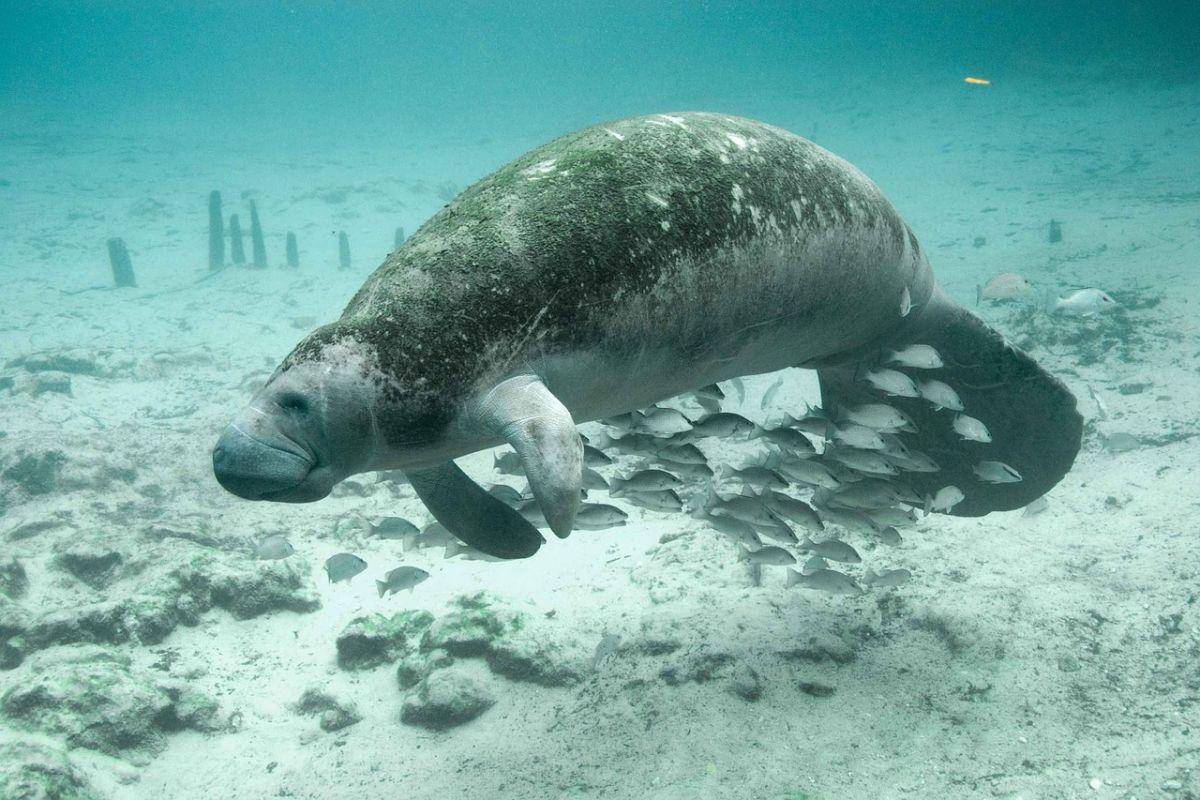
- Name: West Indian manatee
- Scientific name: Trichechus manatus
- Conservation status:
The West Indian manatee is truly a wonderful creature. Also known as the North American manatee, it is a species of aquatic mammal of the order Sirenia.
It is a herbivore that gathers in large mating herds and feeds on more than 60 species of aquatic plants. Individuals can communicate with each other through vocalization patterns, and they can even recognize each other’s voices individually! Another interesting part of their body is the sensitive vibrissae that allow them to feed and navigate.
2. Hispaniolan solenodon
- Name: Hispaniolan solenodon
- Scientific name: Solenodon paradoxus
- Conservation status:
The Hispaniolan solenodon is a peculiar animal that you might have never heard of. It is endemic to the island of Hispaniola, and is a species of land mammal that resembles an oversized shrew: it has a long snout and hairless legs and eyelids.
This animal can be found in moist forests below 1,000 m / 3,300 ft, and it can be seen next to agricultural land. It is nocturnal and stays in its burrows during the day.
3. Blue whale
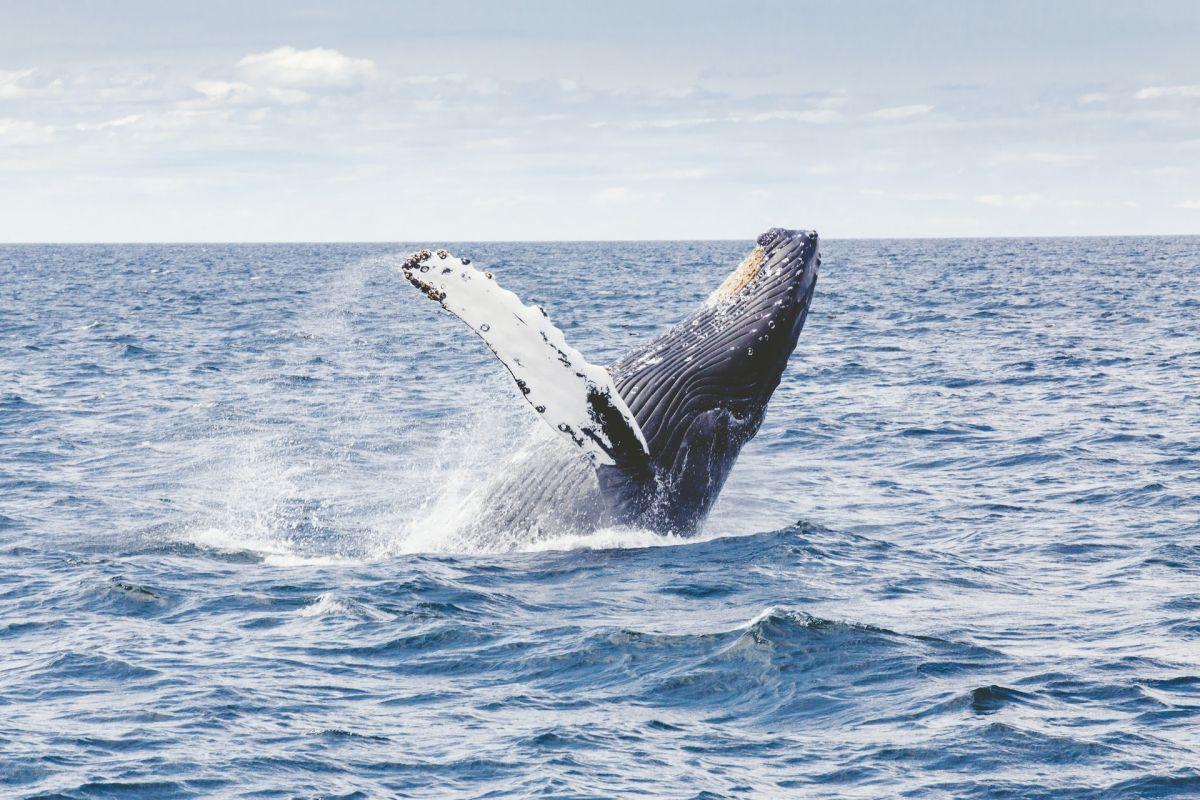
- Name: Blue whale
- Scientific name: Balaenoptera musculus
- Conservation status:
From one of the smallest mammals on the island to the largest animal known to have ever existed: this list of the animals in Dominican Republic is wild!
The blue whale is a marine mammal, and can reach a length of up to 29.9 m / 98 ft! It is a well-known filter feeder that almost only eats krill. It is either solitary or lives in a small group, and is endangered due to vessel traffic and ship strikes, human noise disturbance, and pollutants.
4. Hispaniola monkey
- Name: Hispaniola monkey
- Scientific name: Antillothrix bernensis
- Conservation status:
The Hispaniola monkey is one of many extinct species in the Dominican Republic. It was a primate endemic to the island of Hispaniola and probably disappeared during the 16th century. Though we do not know for sure what caused it, it most likely became extinct as a consequence of the settlement of Europeans after 1492.
A Hispaniola monkey’s skull was discovered in 2009, and it helped scientists prove that this species was diurnal, due to its smaller ocular orbits.
5. Small Indian mongoose
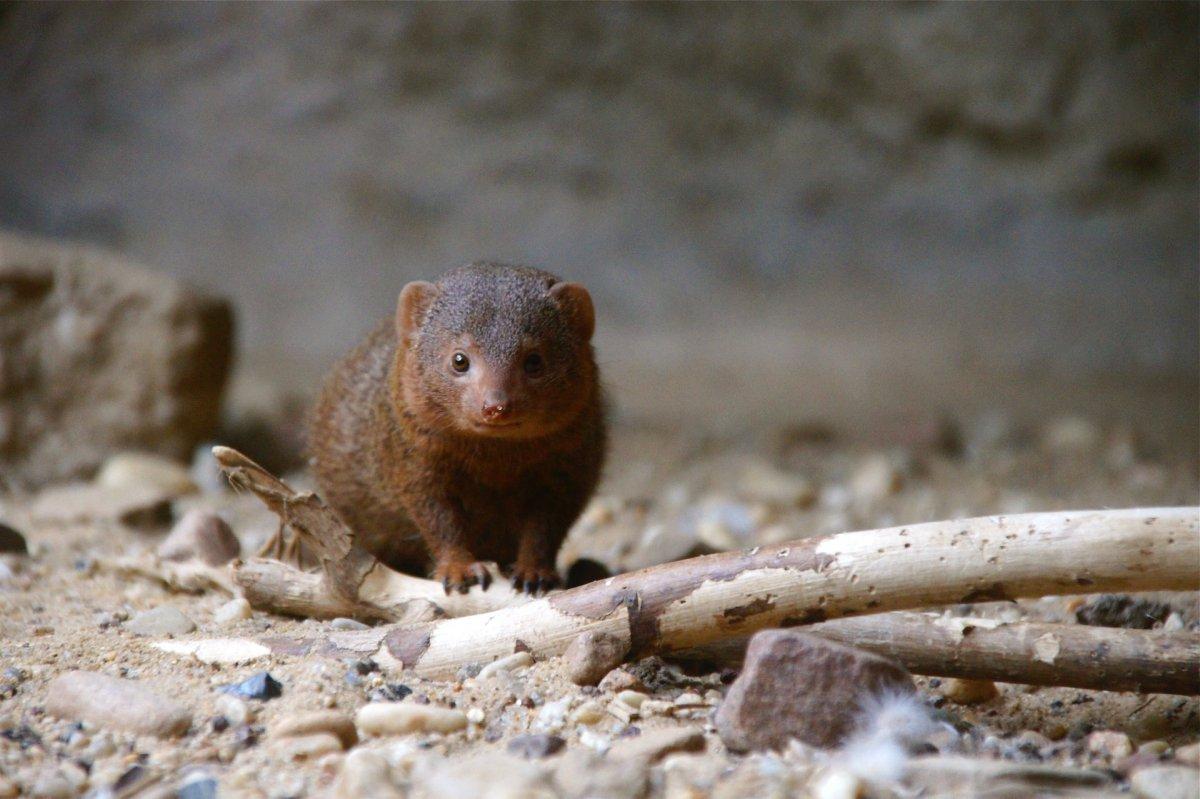
- Name: Small Indian mongoose
- Scientific name: Urva auropunctata
- Conservation status:
You might think of the small Indian mongoose as a West Indian animal, but it comes from actual India! This species is native to northern South Asia, southeastern Asia, and Iraq, but was also introduced to several regions of the world, especially in the Pacific and Caribbean Islands, as a way to control brown and black rat populations around sugarcane plantations. In only a few months, the initial 9 small Indian mongooses reproduced, and they are now quite common in the Dominican Republic.
6. White-tailed deer
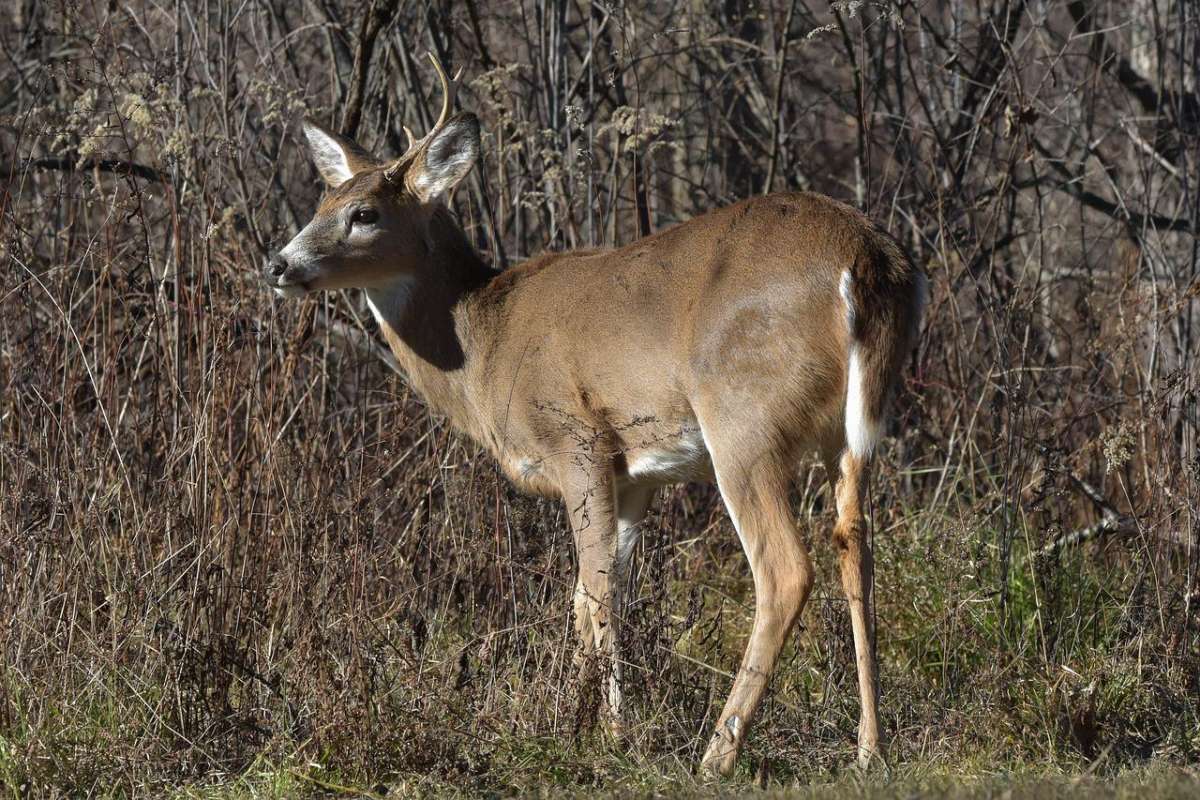
- Name: White-tailed deer
- Scientific name: Odocoileus virginianus
- Conservation status:
The white-tailed deer, also known as the whitetail or the Virginia deer, is a species of medium-sized deer native to most of the Americas, from central Canada to northwestern South America. Despite its name Virginia deer, it is most common in Texas, where there are about 5.3 million individuals!
Male white-tailed deers fight against each other to determine dominance and compete for the opportunity of breeding females.
7. Blainville’s beaked whale
- Name: Blainville’s beaked whale
- Scientific name: Mesoplodon densirostris
- Conservation status:
Blainville’s beaked whale, also known as the dense-beaked whale, is a species of whale with one of the widest ranges: it can be found in almost any temperate ocean, as well as in tropical and subtropical waters.
Fun fact: it was named after the French naturalist Henri de Blainville, who discovered a small piece of jaw, the heaviest bone he had ever seen, which resulted in naming this whale “dense-beaked”!
8. Hispaniolan greater funnel-eared bat
- Name: Hispaniolan greater funnel-eared bat
- Scientific name: Natalus major
- Conservation status:
The Hispaniolan greater funnel-eared bat is a species of bat endemic to the island of Hispaniola, as its name suggests. It was discovered in 1902 and has a complex history, sometimes being confused with other species.
Like most bats, it is an insectivore and dwells in caves. These caves are also the reason for them to be considered near-threatened: due to their fragile nature, they are highly sensitive to human disturbances such as tourists’ damage and mining.
9. Raccoon
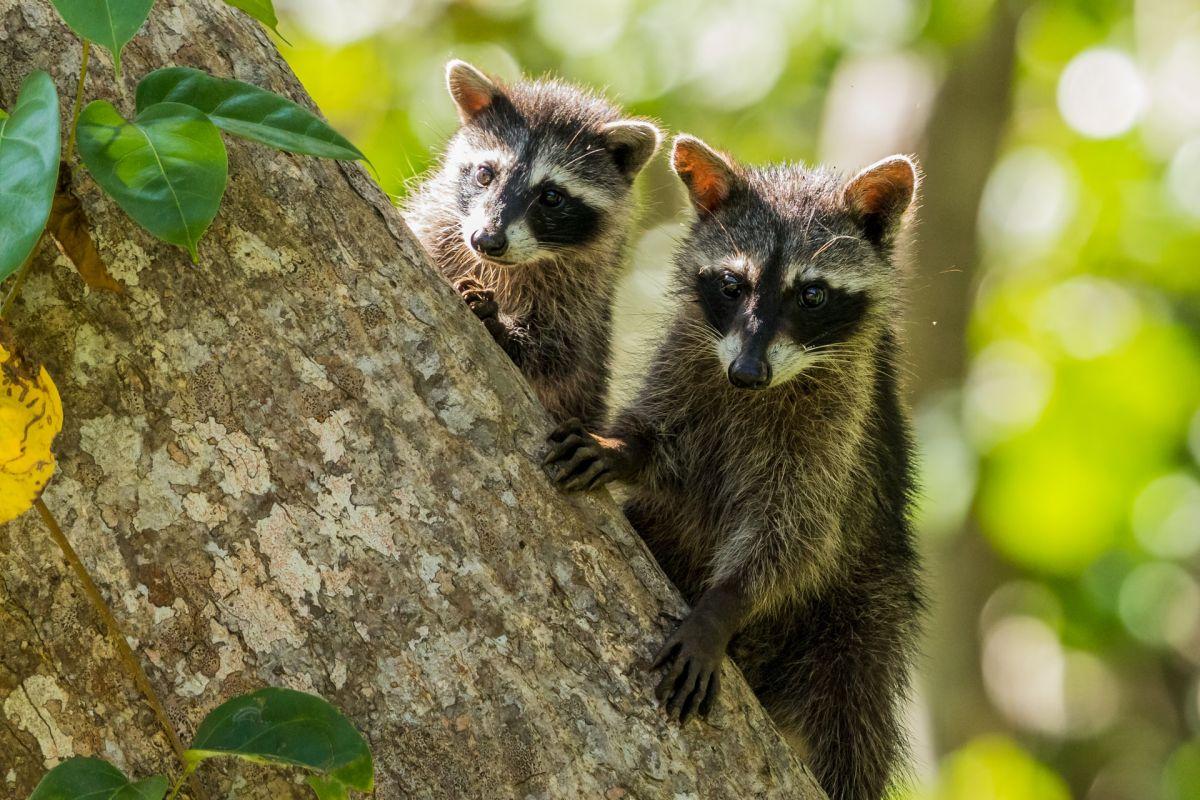
- Name: Raccoon
- Scientific name: Procyon lotor
- Conservation status:
The raccoon is a well-known species of mammal native to North America. It is medium-sized and quite close to humans, which is why it can sometimes easily be seen, especially next to garbage bins.
It has a gray coat, dexterous front paws, a ringed tail, and most notoriously a black face mask, unlike any other animal. The raccoon feeds on invertebrates, vertebrates, and plants, being therefore an omnivorous species.
10. House mouse
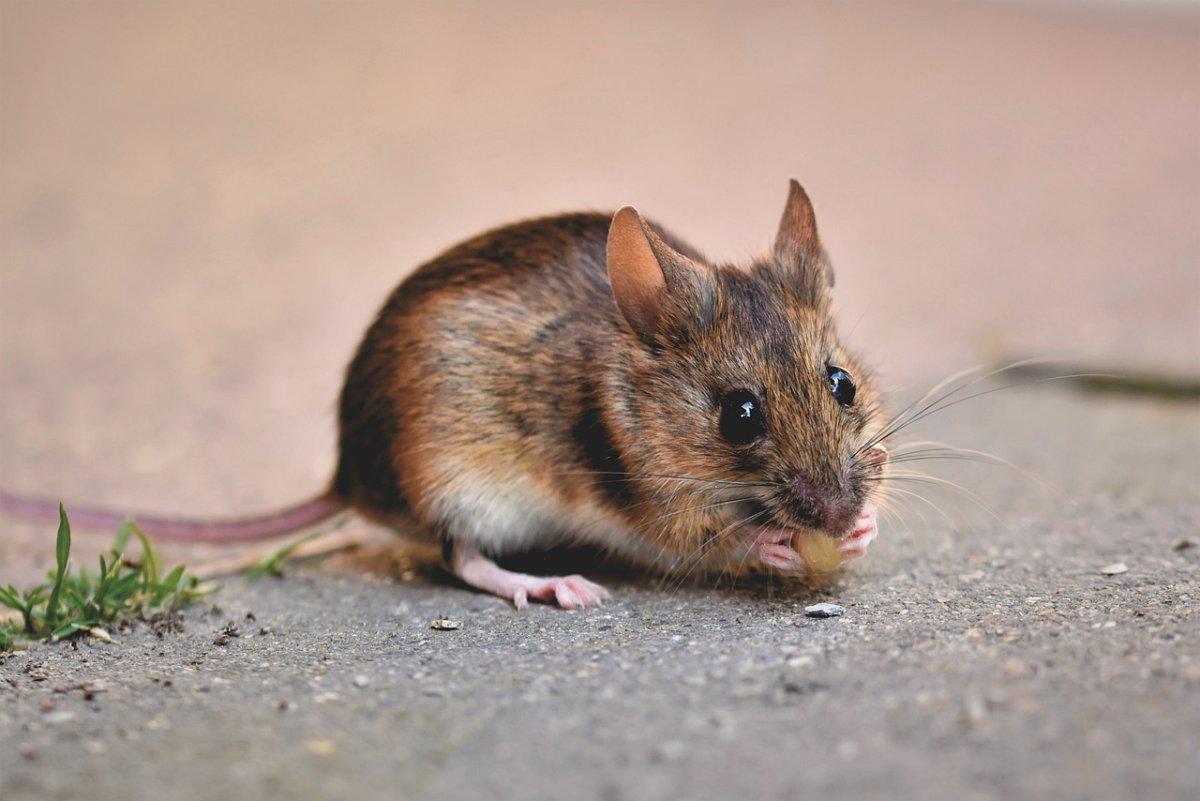
- Name: House mouse
- Scientific name: Mus musculus
- Conservation status:
Every animal in the Dominican Republic is not extremely exotic compared to Europe and North America, as the house mouse shows. It is a small rodent with a pointed snout and large, rounded ears.
The mouse has been domesticated, both as a pet and a laboratory animal, and is one of the most important tools in biology and medicine. Its characteristic, just like other rodents, is its very sharp front teeth that can cause painful bites.
11. American crocodile
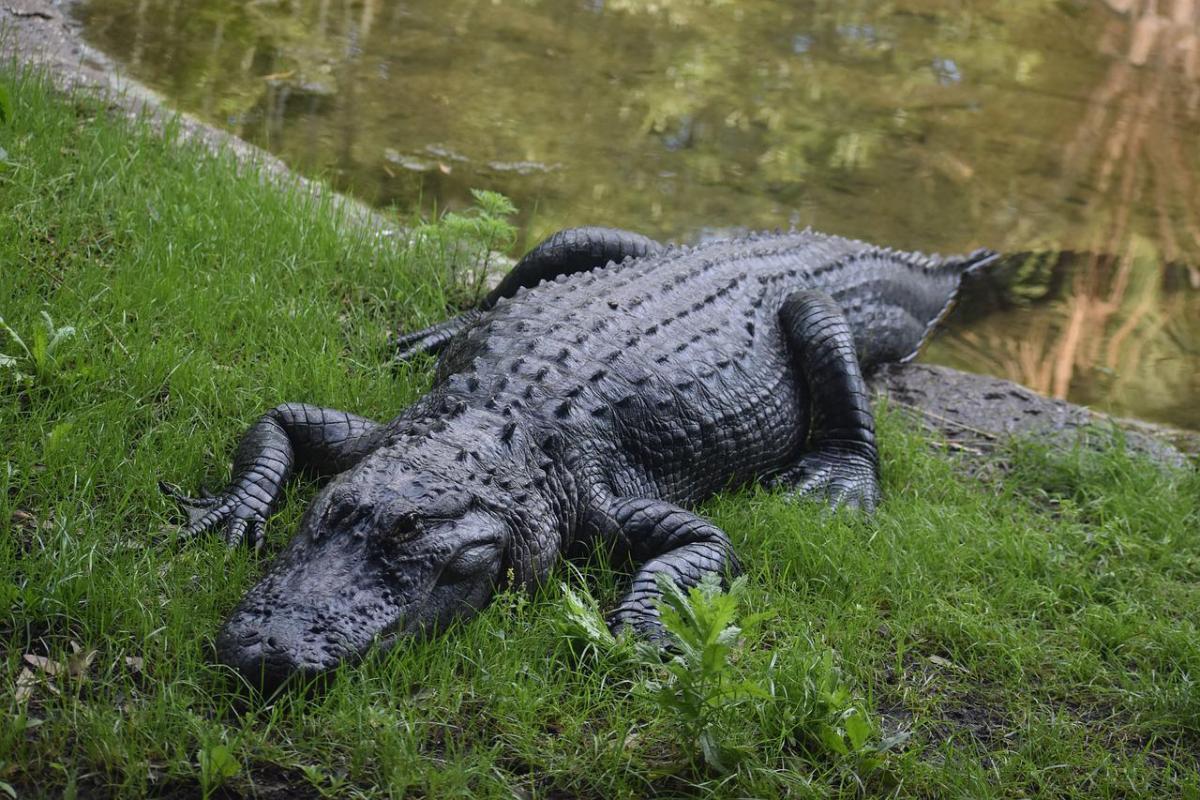
- Name: American crocodile
- Scientific name: Crocodylus acutus
- Conservation status:
The American crocodile is one of the largest crocodile species in the world. Males can reach up to 6.1 m / 20 ft and weigh up to 907 kg / 2,000 lb! It can be seen in lagoons, mangrove swamps, and small islands.
Outside of the saltwater crocodile, it is the only species of crocodile that commonly lives in saltwater. Though it is not as aggressive as others, the American crocodile can be very dangerous to humans.
12. American flamingo
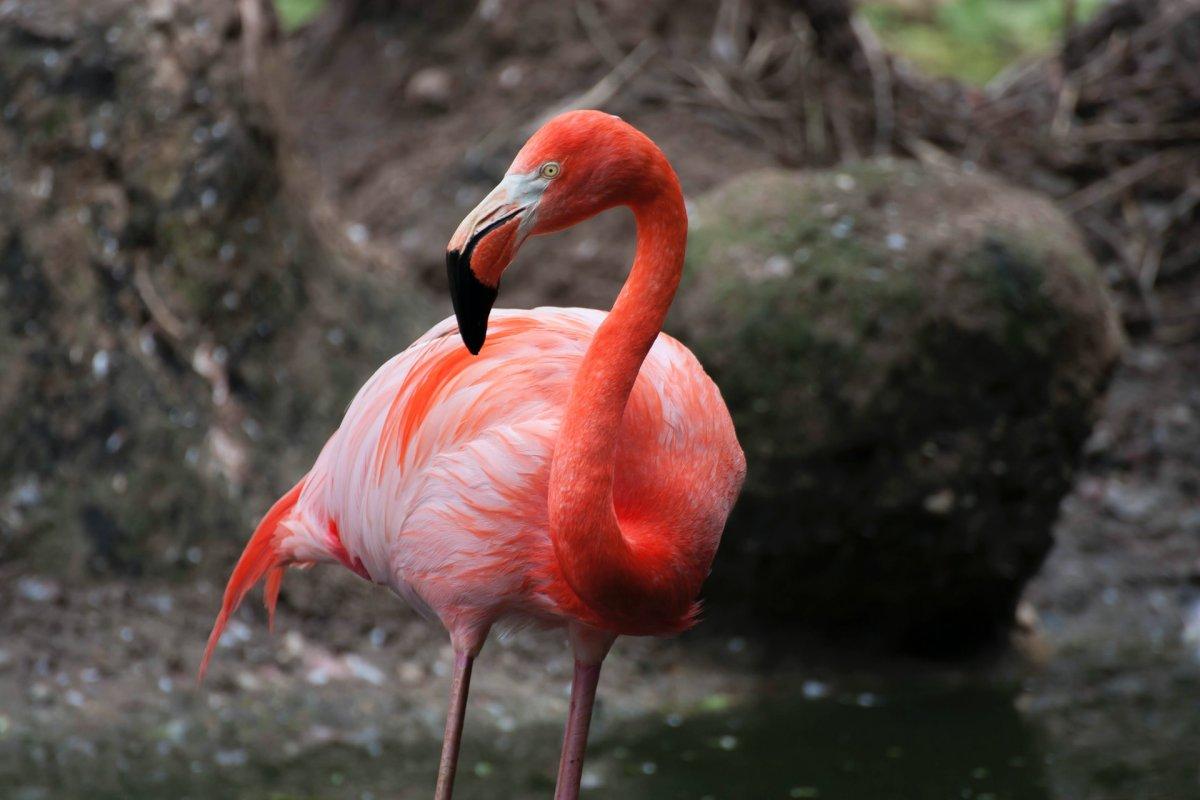
- Name: American flamingo
- Scientific name: Phoenicopterus ruber
- Conservation status:
The American flamingo, also known as the Caribbean flamingo, is the local species of flamingo in the Caribbean Islands. It is closely related to the famous greater flamingo but is now considered a separate subspecies.
This flamingo is a large wading bird with reddish-pink plumage that is perfectly adapted to shallow-water environments. It will migrate short distances if it does not find enough food or is too disturbed by external factors.
13. Blunthead tree snake
- Name: Blunthead tree snake
- Scientific name: Imantodes cenchoa
- Conservation status:
I don’t know about you, but the blunthead tree snake might be the cutest species of snake I have ever seen!
This little reptile, also known as the fiddle-string snake, is a species of snake native to Central and South America. It averages about 800 m / 31 in, and, opposite to most snakes, has a great vision. Finally, as its name suggests, it is an arboreal animal that can be found in low vegetation.
14. Spotted eagle ray
- Name: Spotted eagle ray
- Scientific name: Aetobatus narinari
- Conservation status:
The spotted eagle ray is a species of cartilaginous fish native to tropical and subtropical coastlines of the world. It particularly loves the Caribbean Sea and can be found off the coast of the Dominican Republic.
It has a dark dorsal surface covered in white spots, which is where it got its name from. It has several barbed stingers that are highly venomous and feeds on crustaceans and small fish.
15. South American black widow
- Name: South American black widow
- Scientific name: Latrodectus curacaviensis
- Conservation status:
The black widow spider is one of the most deadly animals on the planet. Though it is quite unlikely for you to run into one of them, if that ever happens, you should be extremely careful!
In the Dominican Republic lives the South American black widow, also known as Araña del trigo. Females are larger than males, and they hide beneath logs, stone fireplaces, trash, and sheds. If bitten, a human would experience intense local pain, sweating, increased heart rate, vomits, and impaired sight, at the very least.
16. Barn owl
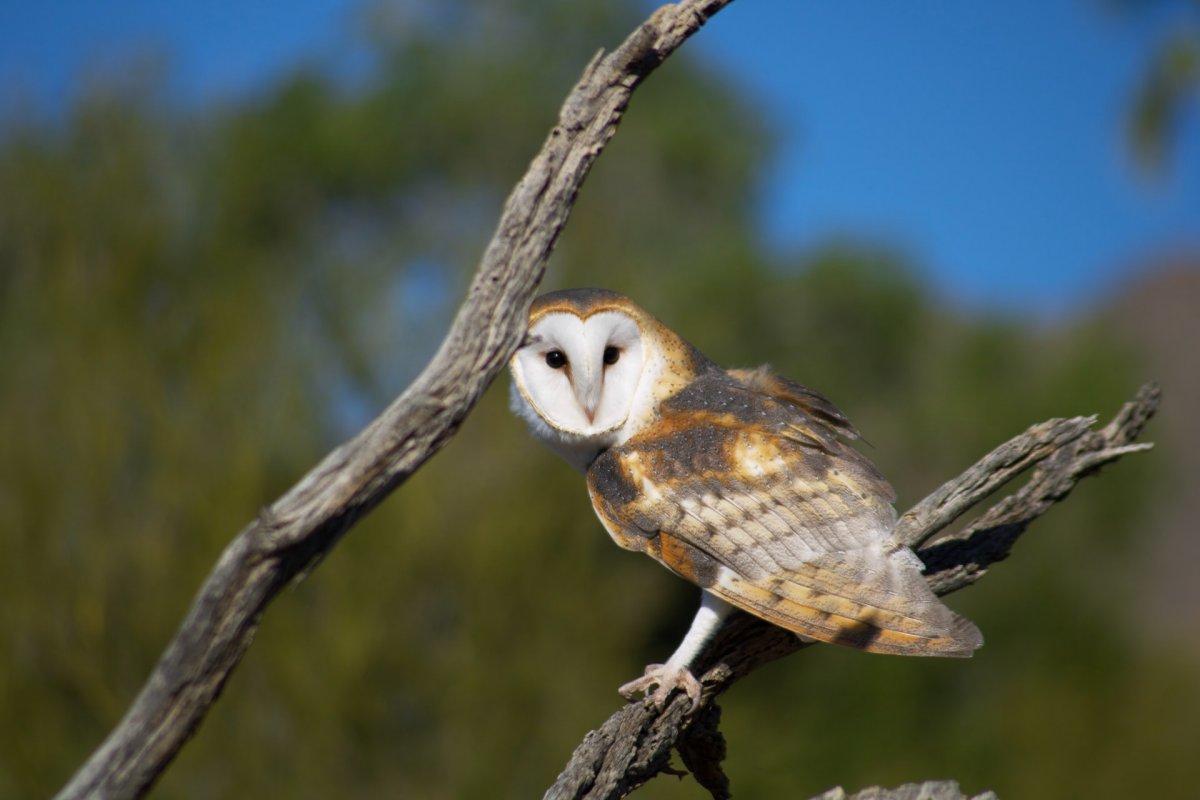
- Name: Barn owl
- Scientific name: Tyto alba
- Conservation status:
The barn owl, also known as the common barn owl, is one of the most famous species of owl on the planet, and the most widely distributed of them. It is also the most widespread of all species of birds, being found in almost the entirety of the world, except for extreme northern regions and deserts.
It is a nocturnal animal that feeds on small mammals such as rodents: it locates its prey thanks to its fantastic hearing and plunges onto it.
17. Humpback whale
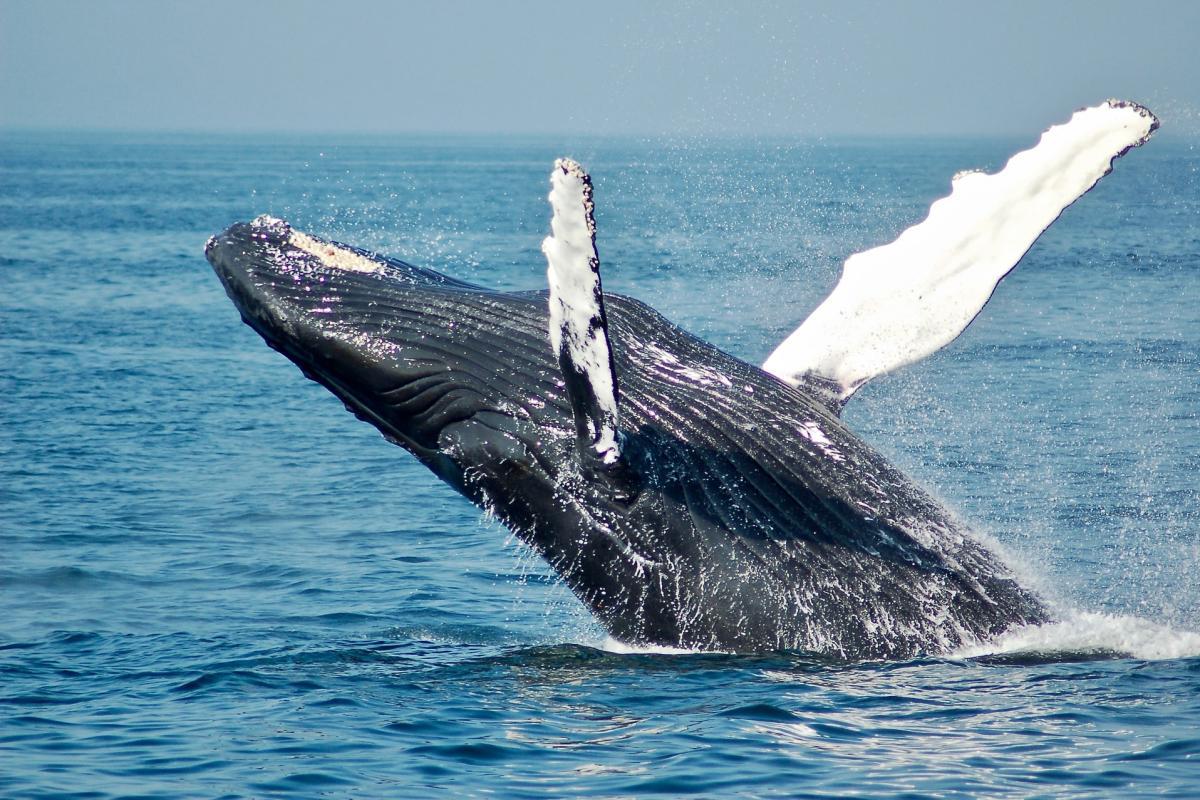
- Name: Humpback whale
- Scientific name: Megaptera novaeangliae
- Conservation status:
If you ever had the opportunity to see whales in real life, it was most likely a humpback whale: this species is largely appreciated by whale watchers due to its characteristic surface breaching behavior, and the fantastic jumps it can make. On top of this, male humpback whales can produce a complex song that lasts anywhere between 4 to 33 minutes!
This whale was a major target for the whaling industry and was hunted to near extinction (only 5,000 individuals were left in the 1960s!), but it is doing much better now.
18. Magnificent frigatebird
- Name: Magnificent frigatebird
- Scientific name: Fregata magnificens
- Conservation status:
The magnificent frigatebird is a species of seabird native to tropical and subtropical parts of the Americas, mostly around Central America and the Caribbean Islands. It is a large bird with a unique, striking red sac beneath its beak (only for males), and it has a deeply forked tail.
This bird creates a shallow platform nest to lay down a single egg that will incubate for about 50 to 60 days. Interestingly enough, it is a kleptoparasite that will peck other birds to force them to give them their meals; basically, the bully that asks you for your lunch… but in the animal world!
19. Rhinoceros iguana
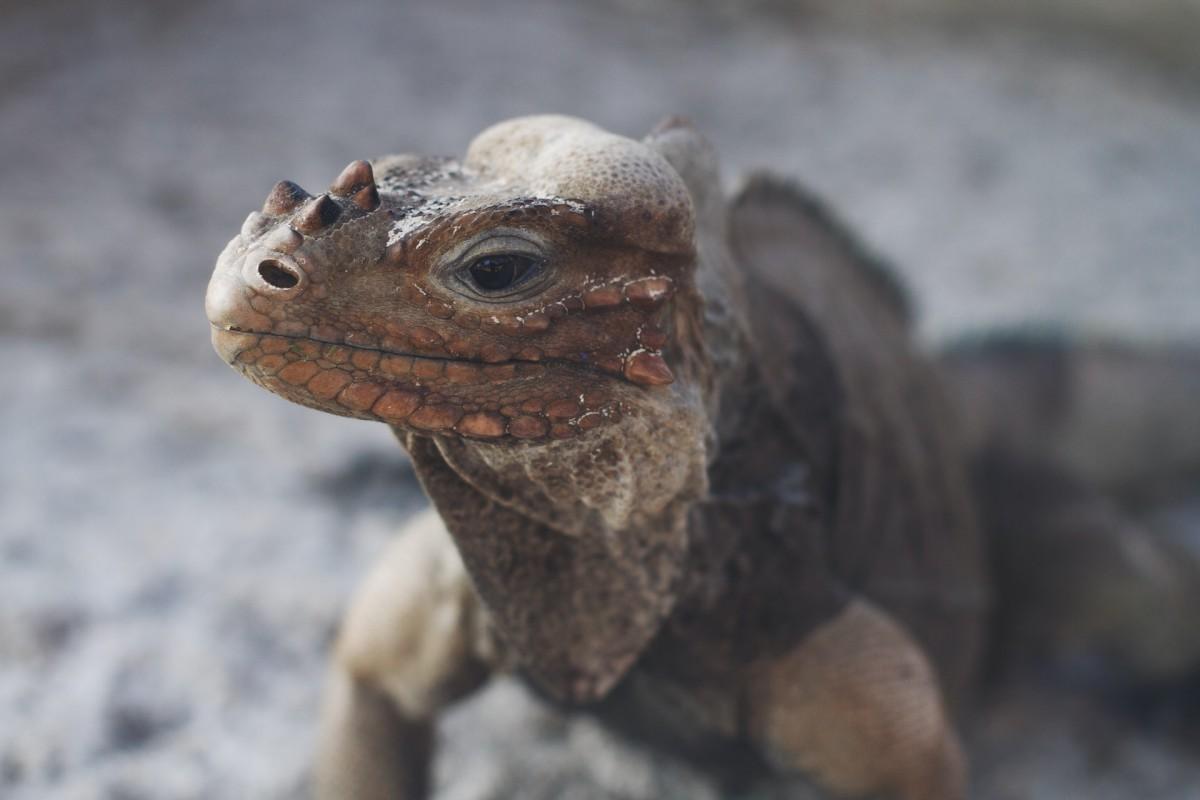
- Name: Rhinoceros iguana
- Scientific name: Cyclura cornuta
- Conservation status:
The rhinoceros iguana is a species of iguana endemic to the island of Hispaniola and its surroundings. It is quite a large lizard, and it has an outgrowth that looks like the horn of a rhinoceros on its snout, hence its name.
Most of the time, this iguana lives in rocky outcroppings with some vegetation. When threatened, it will either quickly flee or aggressively attack by biting.
20. Brown pelican
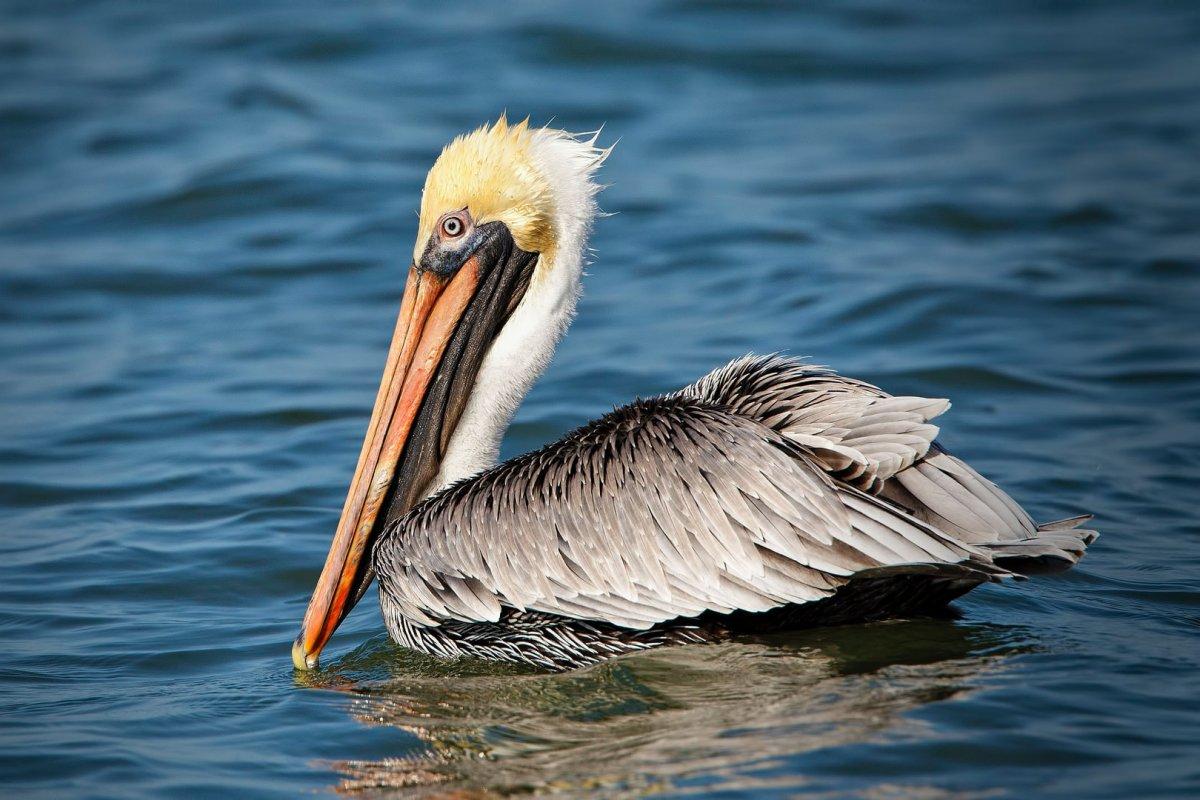
- Name: Brown pelican
- Scientific name: Pelecanus occidentalis
- Conservation status:
The brown pelican is one of the three species of pelican that can be found in the Americas, and one of two that feeds by diving into the water. It can be found on the coastlines of Central America, and up north into Canada.
Its diet is mostly made of fish, but it will occasionally feed on eggs and nestlings, amphibians, and crustaceans. It is the national bird of several countries and the official state bird of Louisiana!
21. Stygian owl
- Name: Stygian owl
- Scientific name: Asio stygius
- Conservation status:
Last but not least on this list is the stygian owl, a medium-sized species of owl with a much narrower range than the barn owl. It can indeed only be found in Central America, Hispaniola, Cuba, Mexico, and other South American countries.
It is a resident bird that does not migrate and is nocturnal. It largely feeds on birds, bats, frogs, insects, and small mammals. Opposite to most other owls, it is not interested in eating rodents.
—
So there you have them, these were my 21 native animals of the Dominican Republic. I hope you enjoyed this list and that you learned something new today.
In case you want to learn more about animals in the country, feel free to keep reading, as I still have lots of things to tell you about:
Endangered Animals of the Dominican Republic
This is definitely the saddest part of the list, but it is very important to raise awareness. Because of this, let’s go through the list of endangered animals in the Dominican Republic.
Here are the animals in danger of extinction in the Dominican Republic.
- Marcano’s solenodon
- Montane hutia
- Caribbean monk seal
- Imposter hutia
- Hispaniolan edible rat
- and 3 more…
- Spiny giant frog
- Smalltooth sawfish
- Oceanic whitetip shark
- Hispaniolan crestless toad
- La Selle dusky frog
- and 29 more…
- Whitespotted eagle ray
- Cuvier’s hutia
- Caribbean reef shark
- Hispaniolan rhinoceros iguana
- Ricord’s rock iguana
- and 64 more…
To see the full list of endangered species in the Dominican Republic, head over to the International Union for Conservation of Nature’s Red List.
What is the National Animal of the Dominican Republic?
The national animal of the Dominican Republic is the palmchat.
The palmchat is a species of passerine bird and is endemic to the island of Hispaniola, where the Dominican Republic is located. There, it is common and widespread and usually lives in open areas with scattered trees.
It is a very sociable bird that is seen in small flocks made of pairs. The palmchat is also a successful species due to its high adaptability.
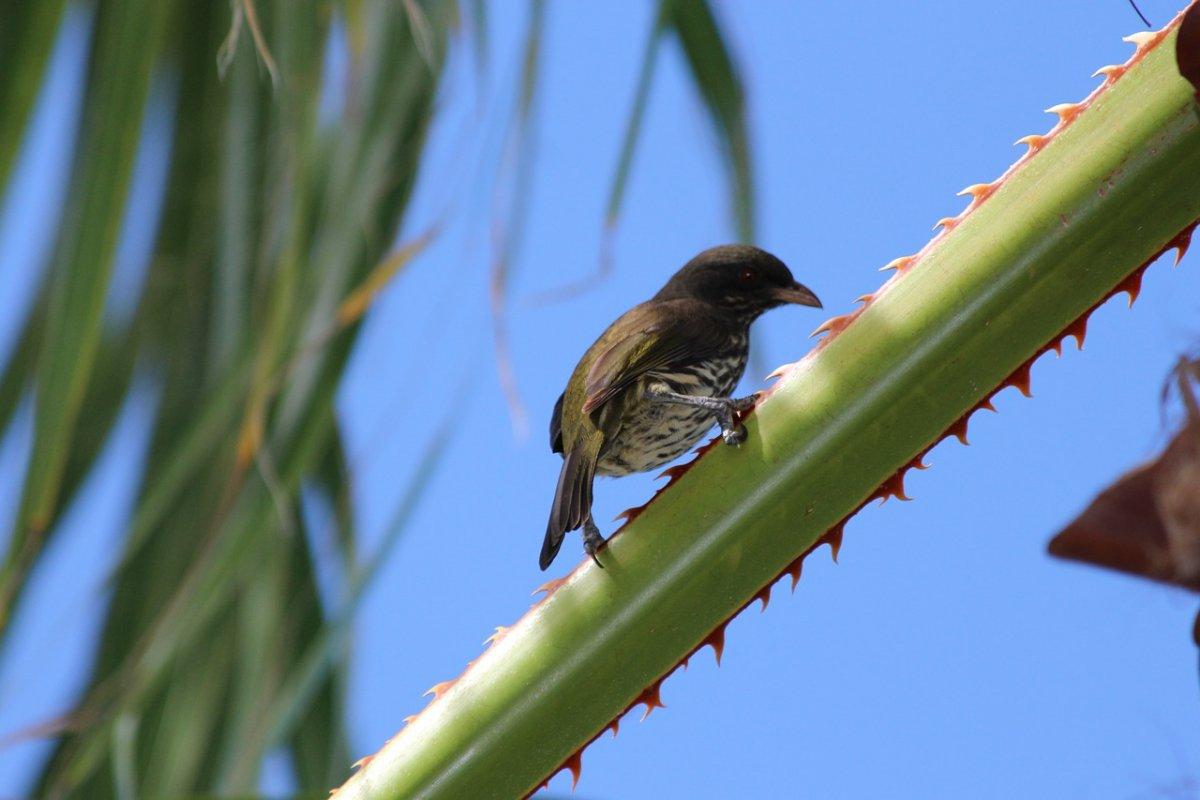
How Many Animals Native to the Dominican Republic?
What is the diversity of the Dominican Republic native animals?
Let’s look at the total number of species of Chordata (mammals, birds, fishes, and reptiles).
Total number of animal species in the Dominican Republic: 1,712 (4,203 in total in the Caribbean Islands)
More About Animals in the World!
Loved these Dominican Republic wildlife facts? Want to see what animals live in other countries?
Then check out these posts:
Or click here to see ALL the facts up on the blog! Spoiler alert: there’s A LOT of them.
Share the knowledge! Click on the buttons below to share information about these famous animals in the Dominican Republic with your friends, and help them learn more about the world 🙂
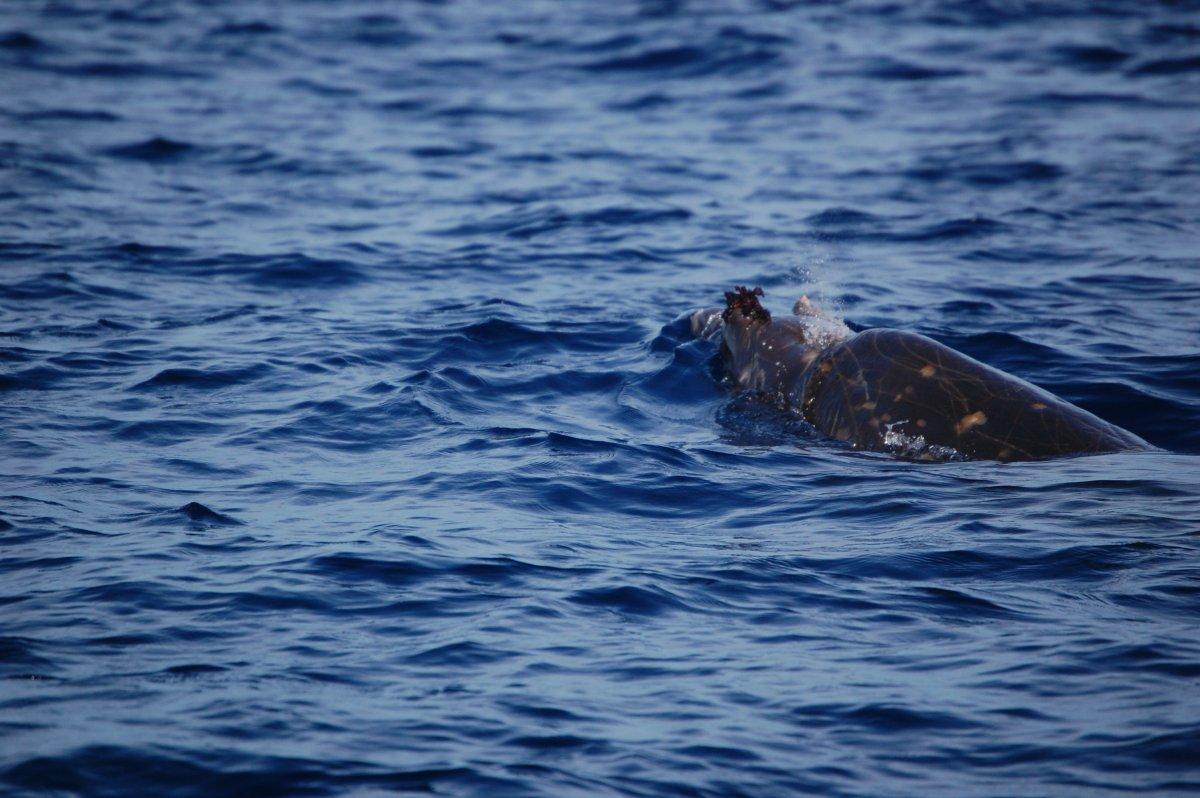
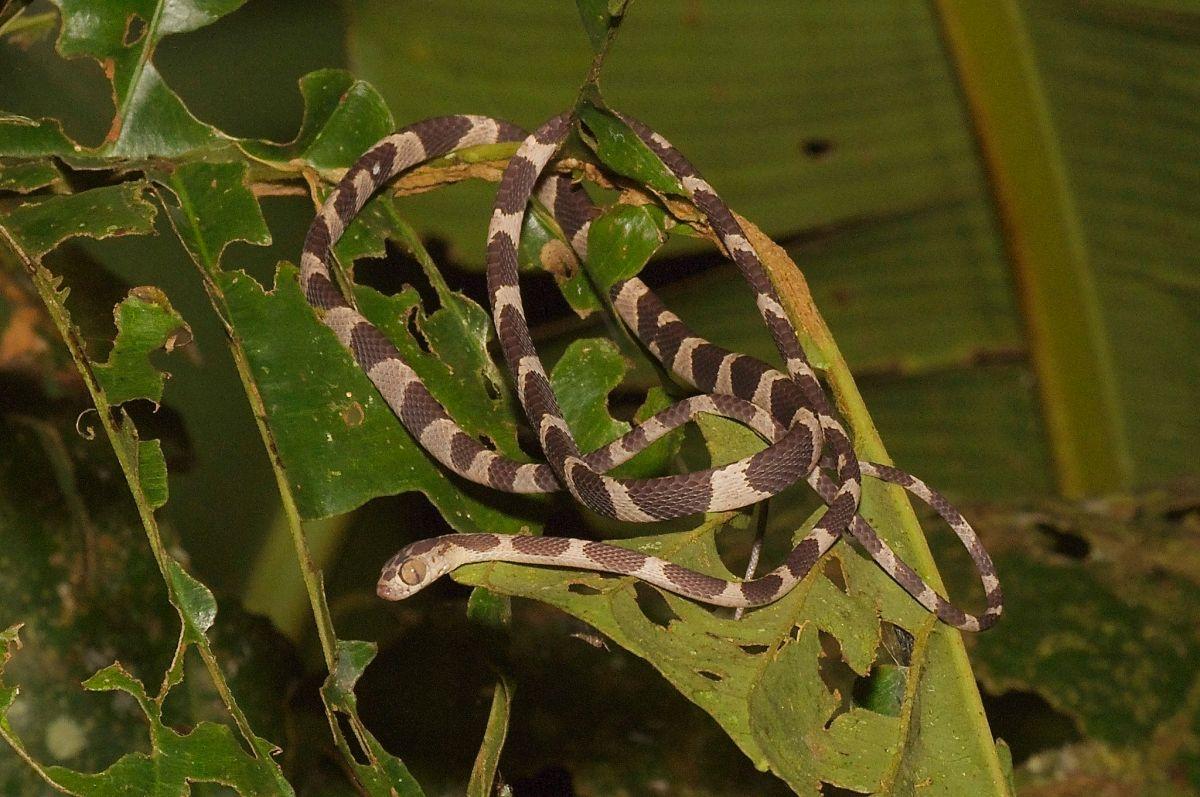
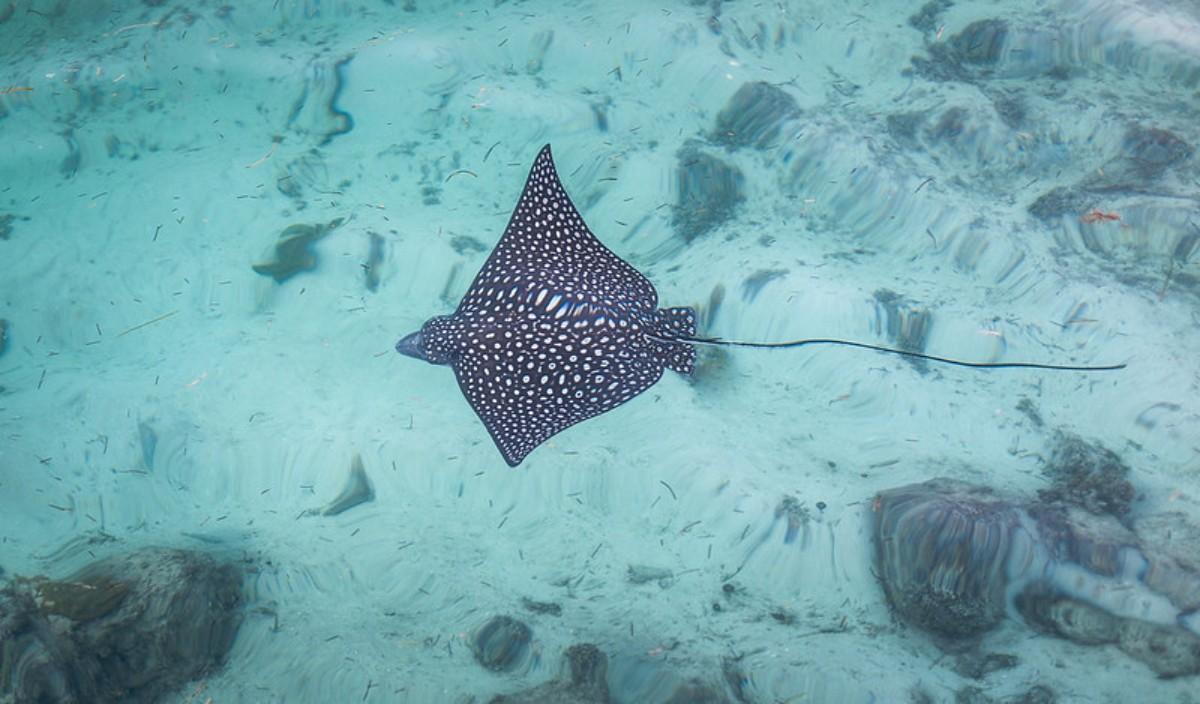
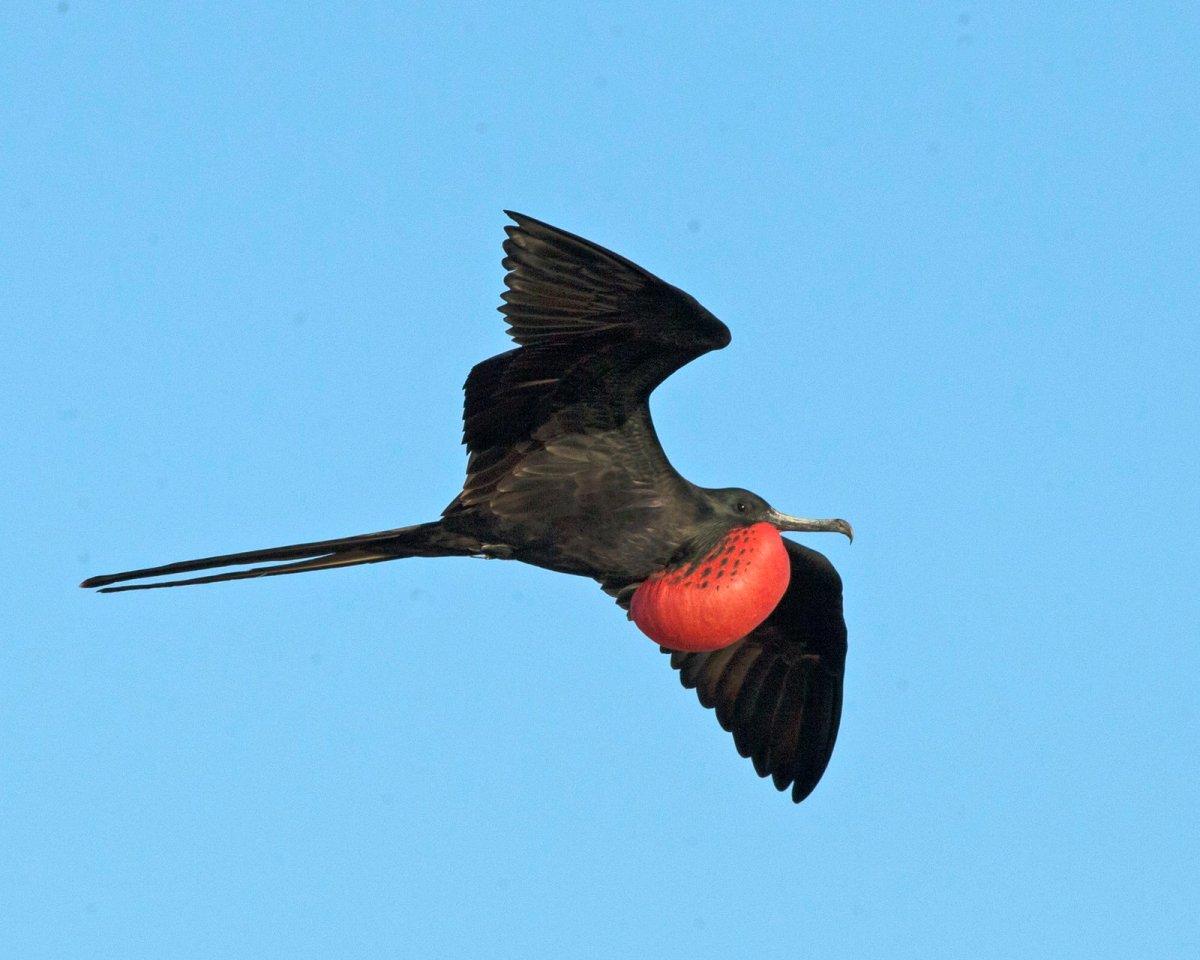
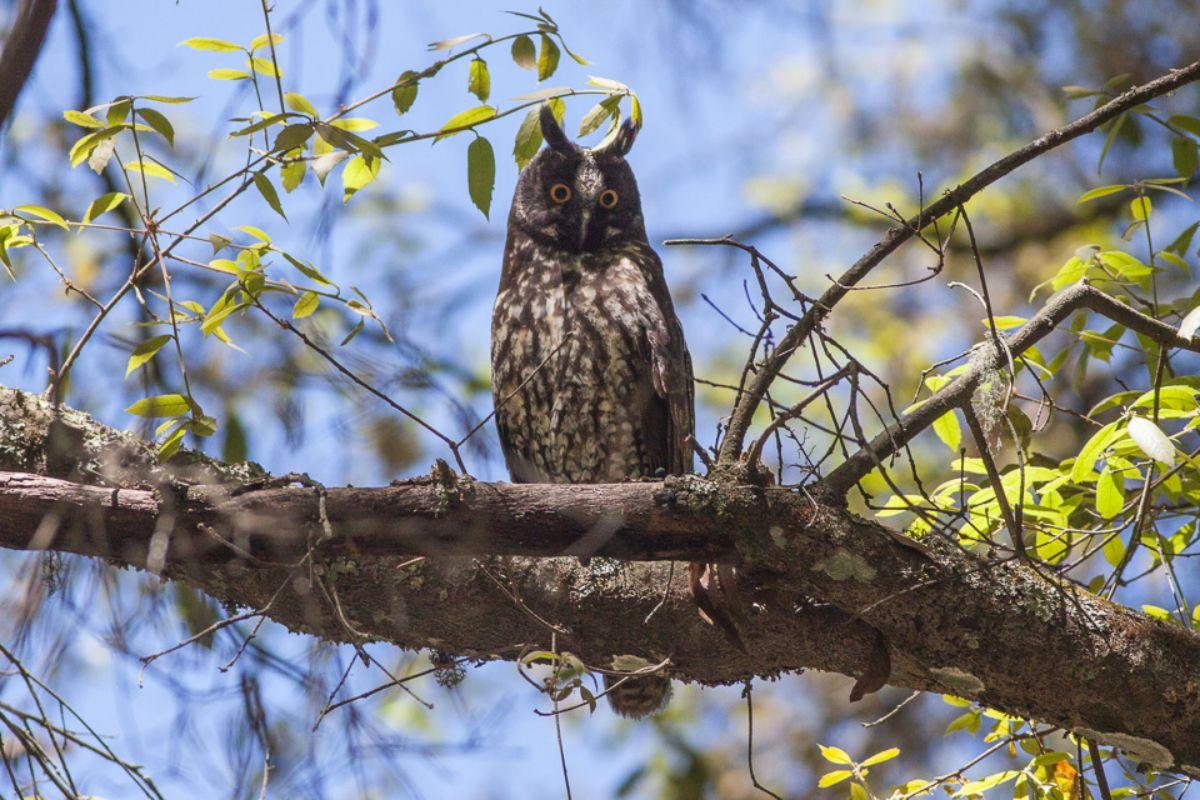

![16 Wild Animals in Saint Lucia [Wildlife in Saint Lucia]](https://www.kevmrc.com/wp-content/uploads/2022/08/16-wild-animals-in-saint-lucia.jpg)
![16 Wild Animals in Belgium [Wildlife in Belgium]](https://www.kevmrc.com/wp-content/uploads/2022/06/16-wild-animals-in-belgium.jpg)
![24 Wild Animals in Vietnam [Wildlife in Vietnam]](https://www.kevmrc.com/wp-content/uploads/2022/12/24-wild-animals-in-vietnam.jpg)
Congrats on the beautfiful pictures! One thing, though… “This little reptile, also known as the fiddle-string snake, is a species of snake native to Central and South America. It averages about 800 m / 31 in, (…)” I wouldn’t call 800m little 🙂